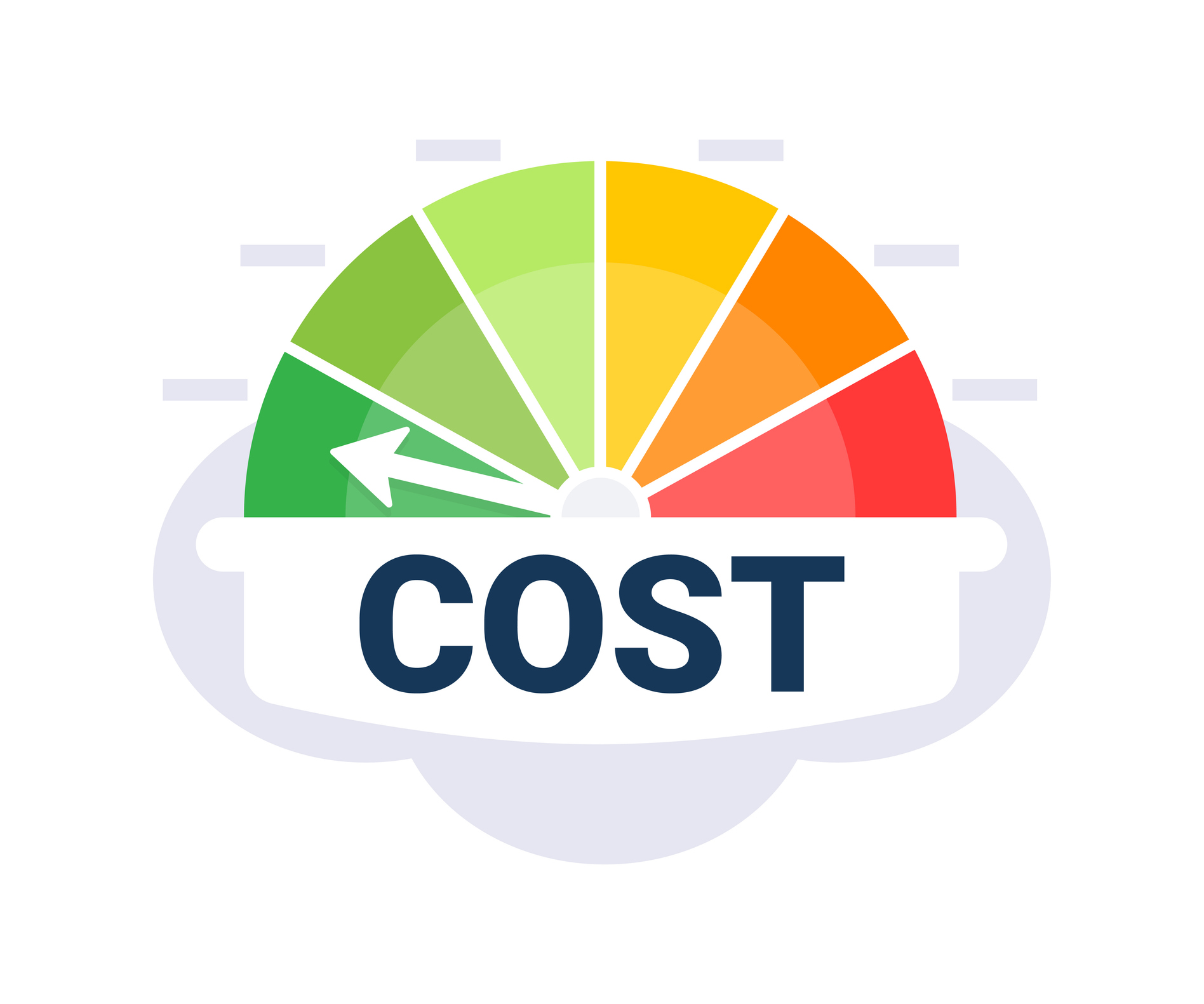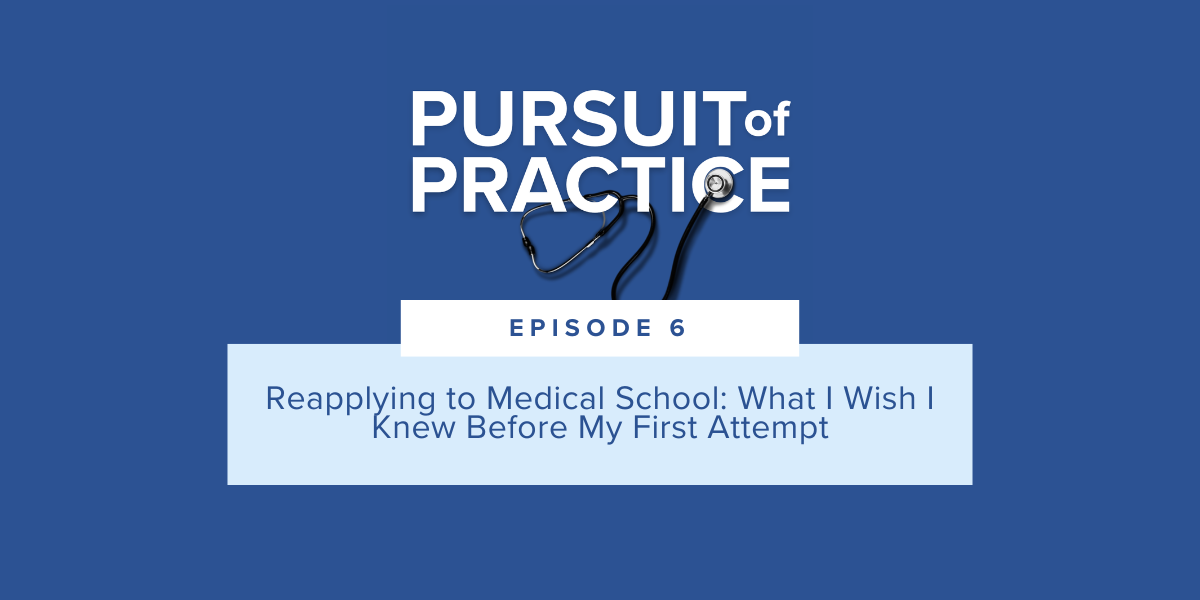Unfortunately, for many, there is a roadblock that can stop the physician dream from coming to fruition—the exorbitantly high price of medical school. The price tag of a medical degree has been increasing steadily for decades, and now has become difficult to afford for most people.
Student loans from the government and private companies have become a mainstay of the medical school financial discussion. These loans come with interest rates that tend to saddle you with debt and loan repayments long after leaving medical school. Luckily, you have a few options to keep your dreams afloat that will help pay for medical school or even make it free depending on your personal situation. Here’s how you can get that medical degree with less debt.
Obtaining Scholarships
The first, and best, option is to obtain a medical school scholarship. There are typically two types: merit based and need based. Scholarships do not require any repayment and can reduce tuition fees and student loan debt for medical school. Many medical schools offer merit-based and need-based scholarships, and it only takes some clever internet searching to seek them out. Schools like Duke, The Ohio State University, University of Chicago, and the University of Michigan all offer merit-based and need-based scholarships (grants).
Many American medical schools do not require a separate application to apply for these scholarships; they are awarded upon admission in a process known as “need-blind” admissions. The need-blind admissions process does not take a family’s financial abilities into account and is based on the Free Application for Federal Student Aid (FAFSA) and federal student aid information. When thinking about which medical schools to apply to, be sure that you search for schools with these types of funds.
Some state schools, such as those in Texas, offer scholarships based on your state residency. Research to see if your state’s med schools offer these scholarships for their in-state students. This information can make your decision on where to apply or attend much simpler.
In addition to institutional scholarships, look for external scholarships to help eliminate student debt and help pay for medical school. These are typically application-based (another essay!) and are great supplements to either round out institutional scholarships or provide a few hundred to thousands of extra dollars. Blueprint Prep offers an annual $20,000 scholarship (without requiring an essay) and financial aid for our MCAT courses!
Numerous companies and local organizations provide scholarships, often tailored to specific communities, religious groups, or cultural heritages. A quick Google search can help you uncover opportunities available in your area. By applying to as many scholarships as possible, you can significantly reduce both your tuition costs and the need for student loans.
Alternatives to Scholarships
Finally, another path to achieving free or heavily reduced medical university costs requires the most commitment: public service.
The National Health Service Corps has a scholarship program and a loan repayment program. Both of these have you work as a doctor in areas that have a shortage of health professionals (there are plenty in the US).
Applying for Free Medical Degrees
Free tuition isn’t something that’s easy to come by. Student loans or financial aid are often what students in med school need when tuition is expensive. However, another solution is to apply early to tuition-free schools. One example is the Kaiser Permanente Bernard J Tyson School of Medicine. Currently, the school is waiving all tuition and fees for students through 2025. Take advantage of this opportunity by applying as soon as possible. Since these programs are highly sought-after and free, spaces fill up fast.
Conclusion
Medical school is a significant financial investment, but there are ways to ease the burden. Start by exploring the financial aid pages of each school you apply to, where you can find details on available opportunities and their eligibility requirements. Reach out to local leaders to learn about community-based scholarships offered by businesses in your area. Additionally, search online for scholarships provided by larger corporations. Financial aid is available, and as a medical student, it’s essential to consider these options to help you achieve your M.D. or D.O. with less financial stress.
Put yourself in the best position to get accepted AND receive funding for your medical education with a competitive MCAT score! Blueprint MCAT students increase their MCAT scores by 15 points on average. Whether you need the flexibility of a Self-Paced Course, the instruction of a live 515+ Course, or the 1:1 attention of a private MCAT tutor, Blueprint MCAT has the MCAT prep option that works for your learning style!





